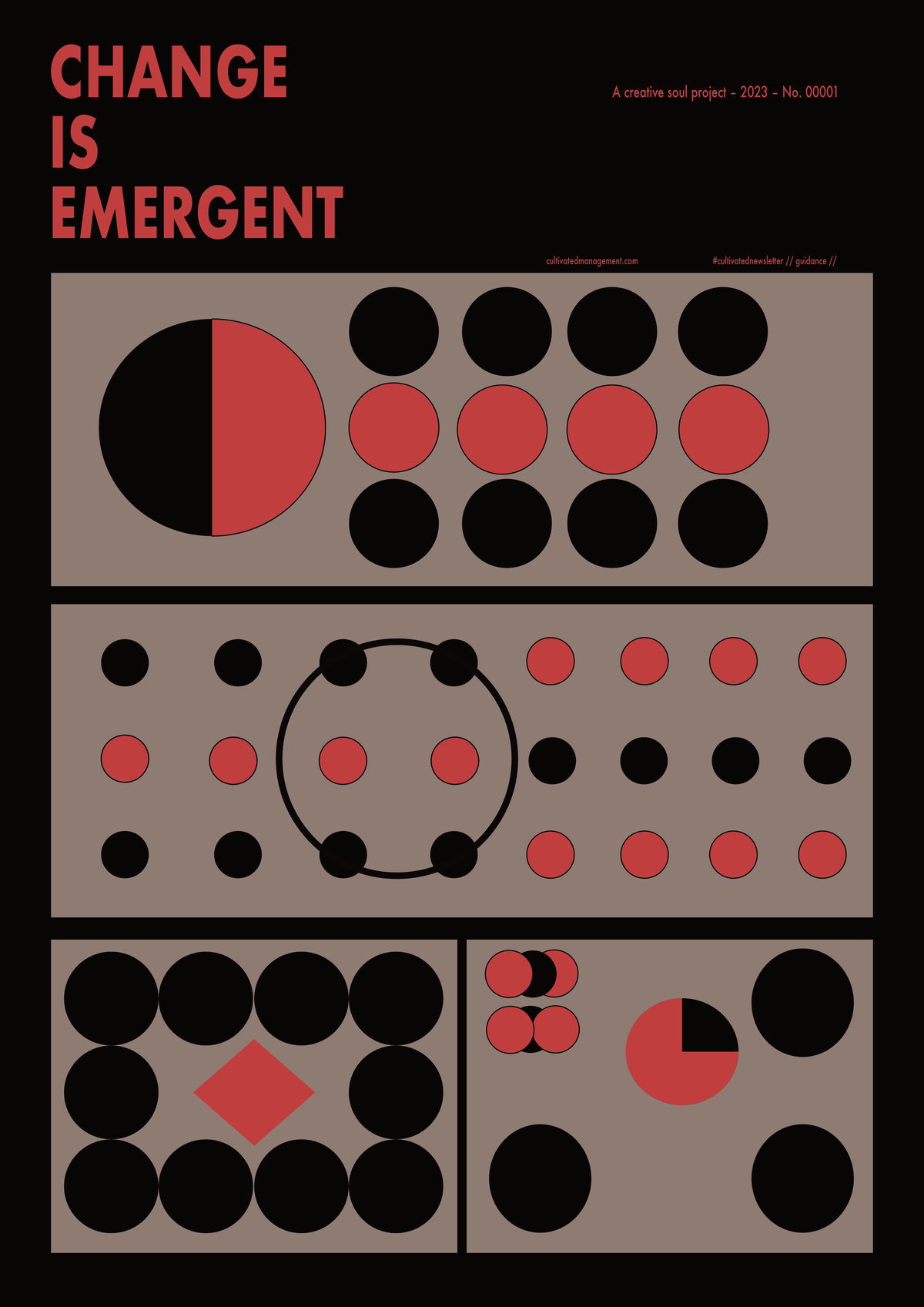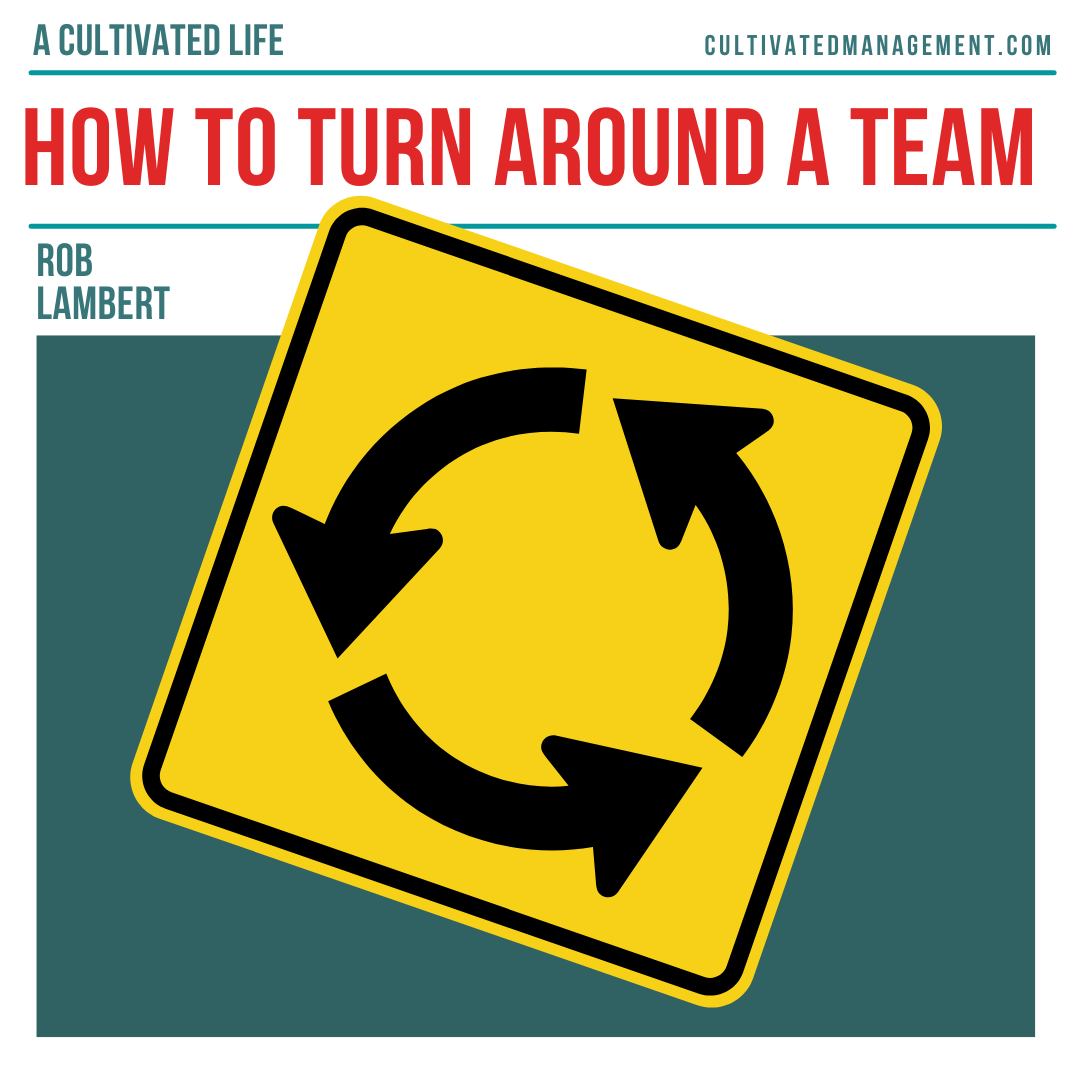Emergent Change and a powerful reason why it matters

Change is a result of actions, interactions and behaviours within the company.
Not all change is good. Not all change is bad. Some change will be positive for the business, some not.
But change is an emergent result as people go about their work. Change is always happening.
Change cannot be predicted in advance, despite what many “change agents” will profess. We may have an idea about the change we want, test a hypothesis and build a plan, but change may not play that game with us. We may get what we expect, but the chances are we’ll get something different.
It’s not uncommon to find leaders and managers playing the game of “forcing change” by trying to force a future that may not even be possible.
Target Operating Models (TOMs) are the most obvious output of this charade. TOMs show the processes, structure and organisation after the “change” has been implemented. An ideal future state, oftentimes so well defined and described (and different to the existing business) that it makes you wonder whether the creators have studied the real business at all. Almost like someone has designed a completely different business.
I’ve seen some beautiful examples of TOMs.
One TOM was a genuine work of art. It looked amazing and a lot of hard work went into it. It was approved, signed off and agreed upon by senior managers and leaders. It was plastered on every single wall and added to the company handbook. It truly was awe inspiring to look at.
Nobody, except the authors, really understood it though (even the execs didn’t know what to do). Nobody had any idea how to bring this TOM to life. Everybody continued to behave in the same way. Change was happening through everyday interactions and work, as it always does, but not in accordance with the TOM.
In another company, they created a truly beautiful looking TOM. It was communicated, dissected and a huge transformation program was built around it. Teams were formed, jargon was changed, terminology was fine-tuned, coaches were hired, communication was sent out, leaders were excited, and the plan was distributed. The TOM was coming alive. Or was it?
It turned out the system of work simply didn’t want to play ball. The business creaked, resisted and showed deeper and richer complexities than the TOM designers had noted.
The people in the system didn’t want the future state because they didn’t really understand it, the customers didn’t need it and the skills defined in the TOM weren’t required. They’d built a TOM for a different company.
The TOM called for a switch from the “old” system to the “new” system on July 25th. But it doesn’t work like that in an organisation. They are organic and organism take a while to adapt. July 25th came and went and two years later they’re still trying to achieve that plan.
Designing the future of another company, rather than the one under the leader’s responsibility, is very common. It may explain why so many change programs fail.
The best people in business don’t need a TOM to bring about change. They are playing with change every day. They are solving the real problems in front of them, which when solved, release more change (and agility).
They are building teams to deal with the problems they face and leaning into reality. They have a painted picture of the future – a place where business results are great and people want to work, but they don’t have a rigid change plan – they are instead looking at what is stopping them achieving this bright future – and tackling the next logical problems: always flexible and open to what comes to them.
They know they must nudge change, not enforce it on a certain date. They are adapting and improving. They have a rough direction of travel, they know what they’re trying to achieve for the customer and the business, and they bring this to life through their everyday work.
But what about the classic change models where we “freeze” current operations and design a new future. Good luck with that. Very few businesses can be frozen without downing tools and stopping delivery. And most commercial business leaders would struggle with that concept. If you can’t do that, and your business must continue, then change is still happening whilst you’re designing a future based on the past. Change happens every day.
Change is emergent and it’s always happening. Try to get used to playing with change. The more you can do this, the better suited you are to be effective and thrive in work. All companies are changing, some slower than others. And, as mentioned, not all change is positive.
Learning to play with change requires you to study change, to watch it, to respond to change, to embrace it, to learn how to measure it, to deal with undesirable outcomes, to adapt to it, to swim with it, to nudge it, to experiment with it, to improve yourself because of it, to enjoy change and to develop the behaviours that embrace a changing business. It helps to have a guiding destination or painted picture in mind, but don’t be so wedded to it that you ignore the change in front of you. Change is always happening, and playing with change, adapting and iterating, is required. TOMs don’t account for that – at least the ones I’ve seen.
In other words, change needs people who realise that change is a constant. It needs people to be comfortable with riding the sea of change because it’s always happening, whether we plan for it or not.


